Table of Contents
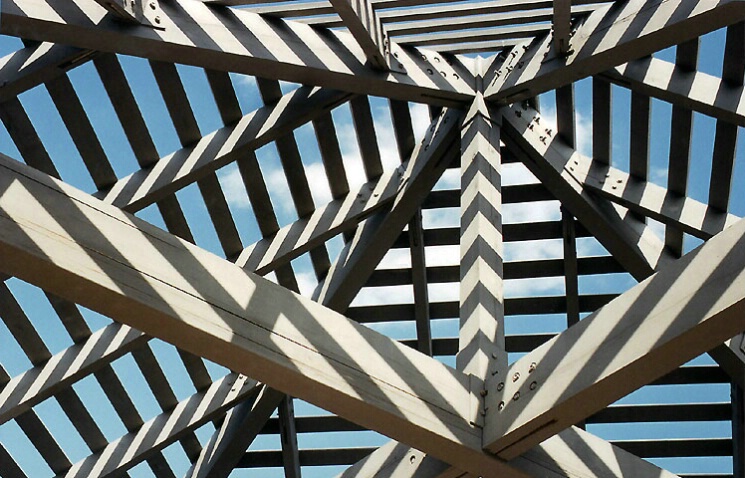
The composition of images is the way in which the photo is set up and captured. The composition can be as simple as a single subject or as complex as a carefully orchestrated scene. There are many aspects to good photo composition. But some of the most important include balance, perspective, lines, shape and form, framing techniques. These elements work together to create harmony and interest in an image.
READ ALSO: Fashion Photography

A photographer’s job is not complete until they adjust their photos so that they are aesthetically pleasing to the eye. This article will cover these basics about good photography composition. To help you understand how it relates to taking photos that anyone would enjoy looking at!
CHECK OUT: RASTER VS VECTOR
Composition refers to the placement of subjects within an image frame for aesthetic effect.
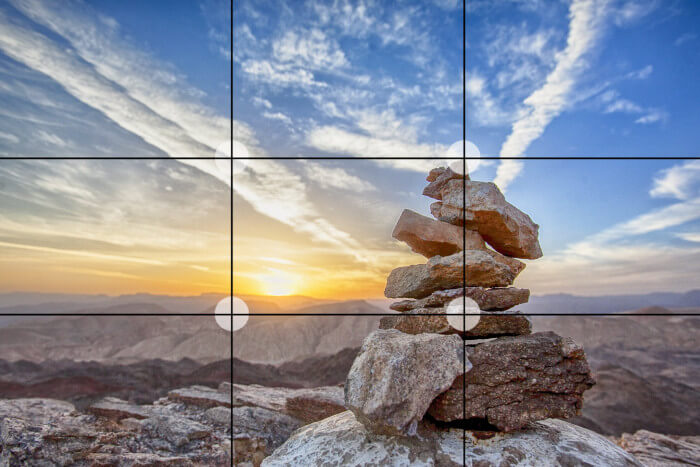
Playful composition involves placing the subject in one of the corners, or in the center of the photo. This is best for photos with a lot of space or open areas in the background. Where natural light will fall across the scene nicely.
Less Formulaic is another way to compose an image. A formulaic composition in photography uses predetermined elements to create consistency throughout an image. But can sometimes be too predictable. Creating this type of photo requires careful planning with regard to lights and colors.
Finally, Random means putting things together without any specific plan in mind. This type of composition is more spontaneous and fun. But care should be taken to make sure your random placement of subjects is still planned.
Some basic rules of composition are:
- A great image should have balance. No object in an image should be more prominent than the rest. This means various elements in a photo need to be placed even on both sides of the frame. Without anyone’s idea taking over the photo.
- Frame your subject or include some sort of border that will enhance your subject matter. This could only mean the inclusion of a window frame, tree branches, etc., around what you are trying to show people.
- Maintain symmetry throughout your image.
- Don’t forget to make sure your photo is properly lit! I highly recommend using a tripod with a cable release, since it will help ensure the camera is always in the same position. Also keep in mind that every time you move the camera, there are slight tiny adjustments being made to lighting in your shot that can affect the composition.
- Consider how the setting of your photo may differ from what you expected. A photographer must be very flexible when they are out taking photos, so try not to get bored of what you have planned before coming home and editing them, or changing them for an alternate outcome.
- Consider the subject of the photo. What is it that you are trying to show people? The answer to this question will determine how you’re setting up your photos, what props you decide to include, and how it appears overall.
- Remember to experiment! While photography can be an art form that is best taken very seriously, it also needs to keep some sense of fun and adventure throughout. Try different scenarios, different angles, different lighting conditions (both natural and artificial), etc. to see what happens! This is where the creative side of photography comes in handy.
- Don’t get lazy! The same composition rules apply to your editing software. While Photoshop or Elements are indispensable to photographers, sometimes you must take it out of the bag and get your hands dirty with GIMP or Paint Shop Pro! This will ensure that your editing software has a consistent look or feel that makes it easier for other people to follow along with you when you are editing photos.
- With all this being said, keep in mind that there is no set “perfect” photo composition, so don’t let others tell you what works best for them without understanding what they are really saying. Some people might like the random way you take your photos, while others might hate it if you do.
With all of this being said, remember to always have fun, be creative, and don’t forget to experiment with your photography!
RELATED ARTICLES: 5 BEST LAPTOPS FOR PHOTOEDITING
COMPOSITION IN ART
1. Balance & Symmetry
2. Framing & Props
3. Pattern, Color, Texture & Lighting
4. Space & Placement
5. Color Theory
6. Lines & Perspective
7. Shape & Form
Balance & Symmetry

Symmetry is considered to be one of the most important factors of composition in photography. Symmetry can be seen throughout art, but it’s used very often in photography. Because all photographers tend to shoot their images the same way.
However, this does not necessarily mean that you should do the same thing over and over again. The great part about symmetry is that it allows two images to look like they are almost identical. Even if they are completely different.

Basically, you can break down symmetry into two categories: balance and visual weight. These usually go hand-in-hand with one another to create a great image layout.
With balance, you’re focusing on making sure there is a large amount of horizontal space in your composition. This creates a sense of width and depth in your photo while giving it a unique feel.
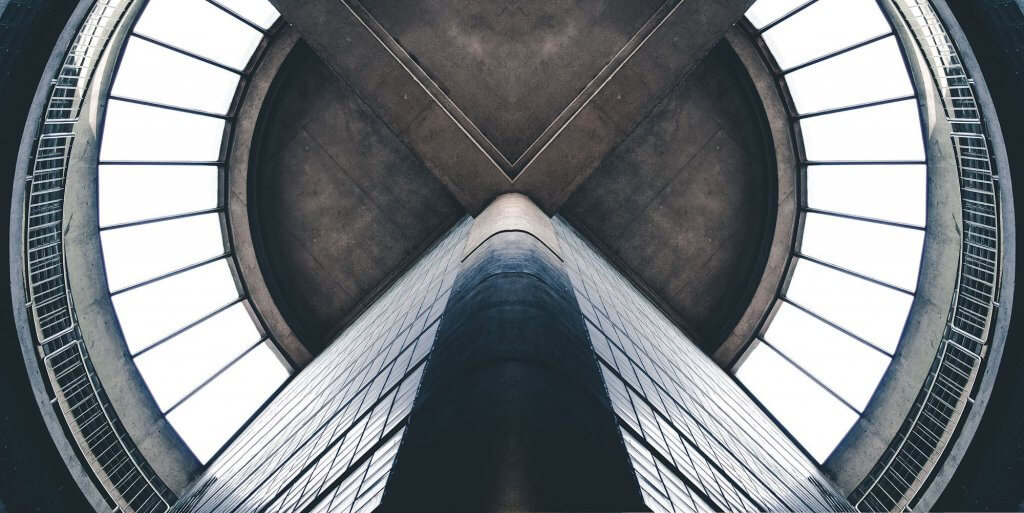
Symmetry also refers to the placement of vertical elements in a composition. To do this, you should make sure there is a great deal of vertical space in your photo. This gives off the impression that it’s taller than it really is, thus creating depth within the photo.
Framing & Props
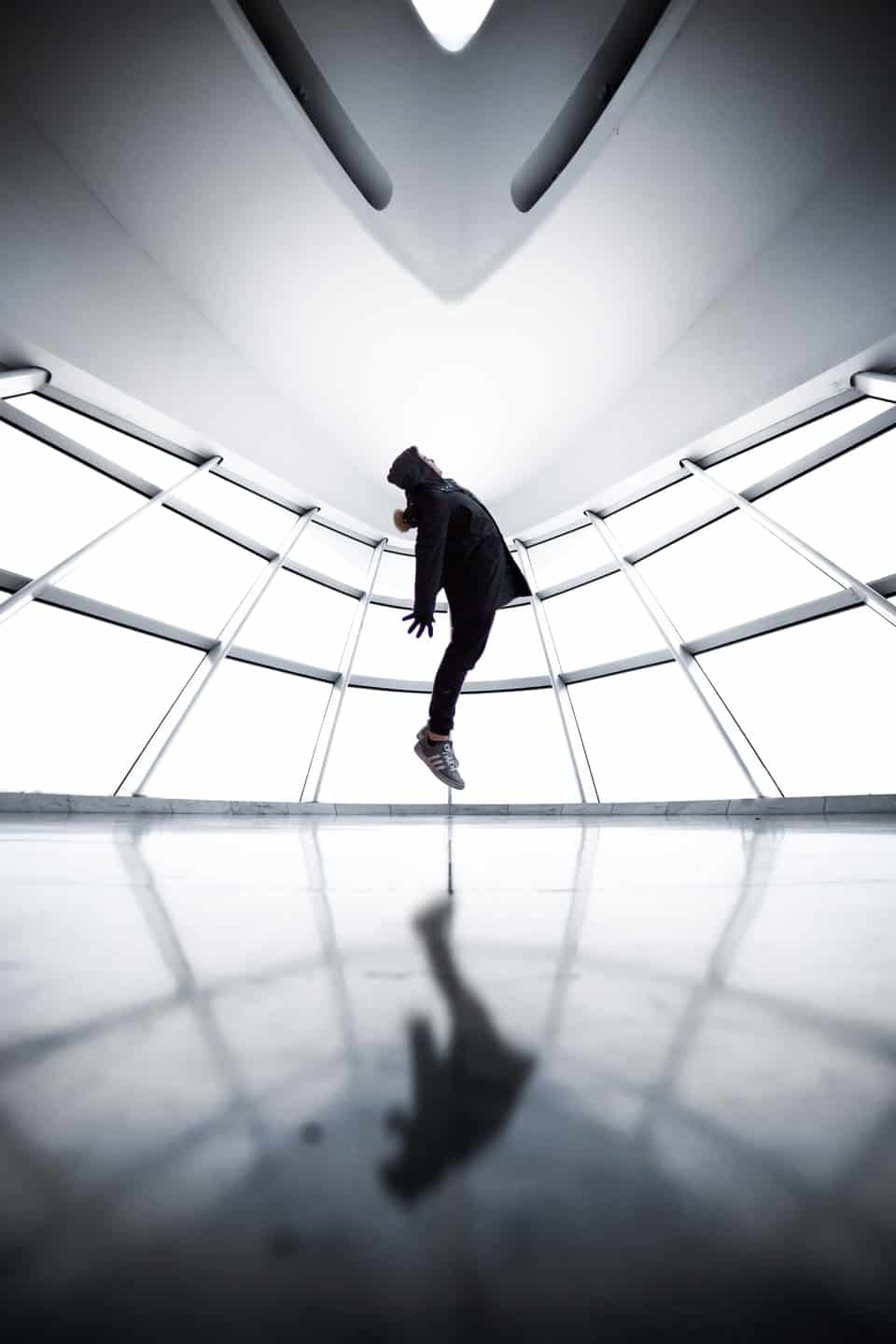
Framing refers to the inclusion of a border around your subject. This could be in the form of your camera’s viewfinder. Or in handheld cameras it could be in the form of a lens that helps you focus on what you are trying to photograph.
As for props, they can be anything that can help with setting the mood of the photo. Props are usually used in photography in order to create symmetry within an image. They can also be used in photography in order to enhance the mood. Or setting by using actual elements from nature, for example.
Pattern, Color, Texture & Lighting
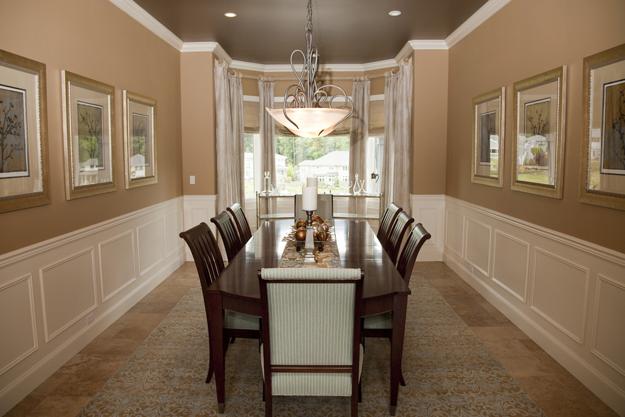
Patterns are simply small geometric shapes used throughout an image. In photography. For example, you will see a pattern of leaves on a tree in the background of an image.
Colors and textures are pretty much the same thing — they refer to the actual color and tone of something. There are different types of lighting that can be used to create different effects in your photos: artificial light and natural light.
Space & Placement
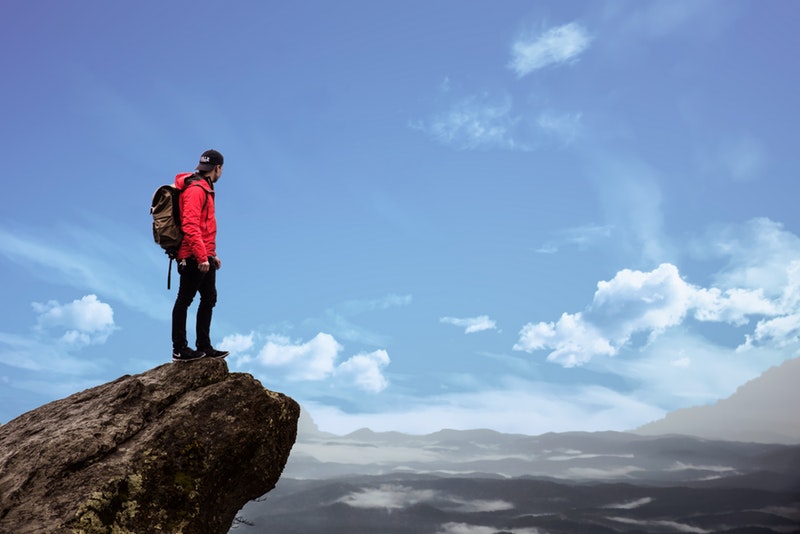
This category refers to how you choose to place things within your image composition. It’s important that your photos have space within them. Or else you will end up with clutter or cluttered images that will usually get over-looked by viewers. Just because there is too much going on in one photo.
Color Theory
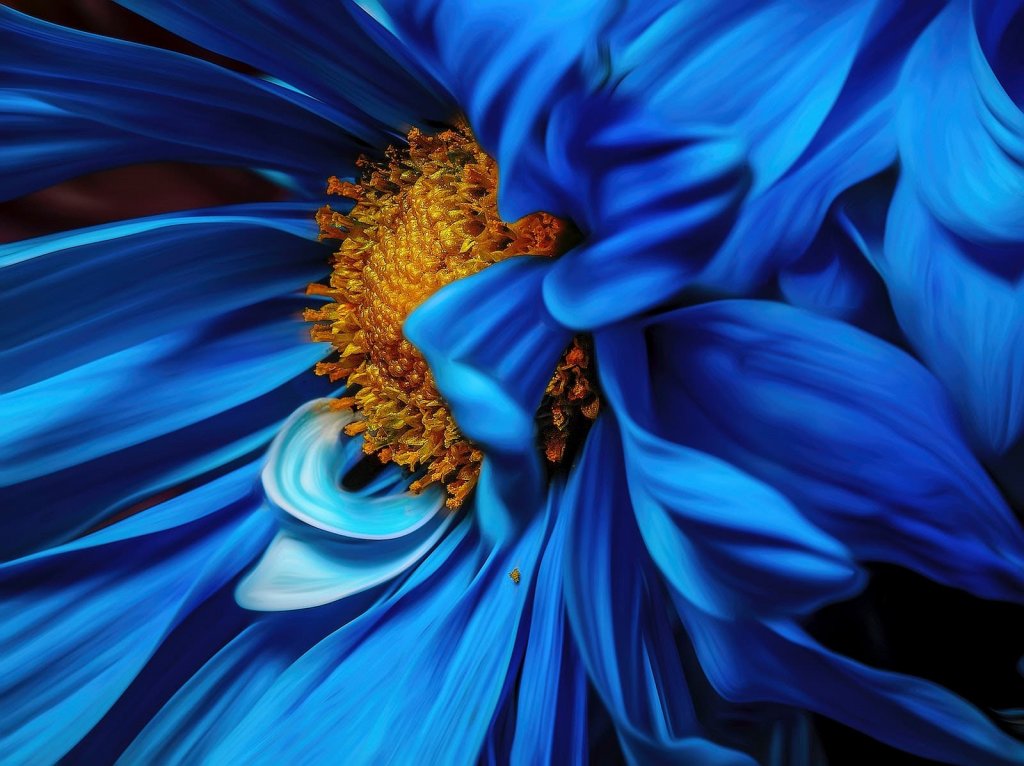
Color theory is one of the most widely used concepts in photography. is important because it can help you decide what colors to use within your photo. And what colors to use with other colors.
Lines & Perspective

Just like patterns are geometric shapes used in an image, lines are also geometric shapes. Though they are usually thinner than patterns. These are usually used in photography to show depth within an image or give off a sense of direction.
Shape & Form
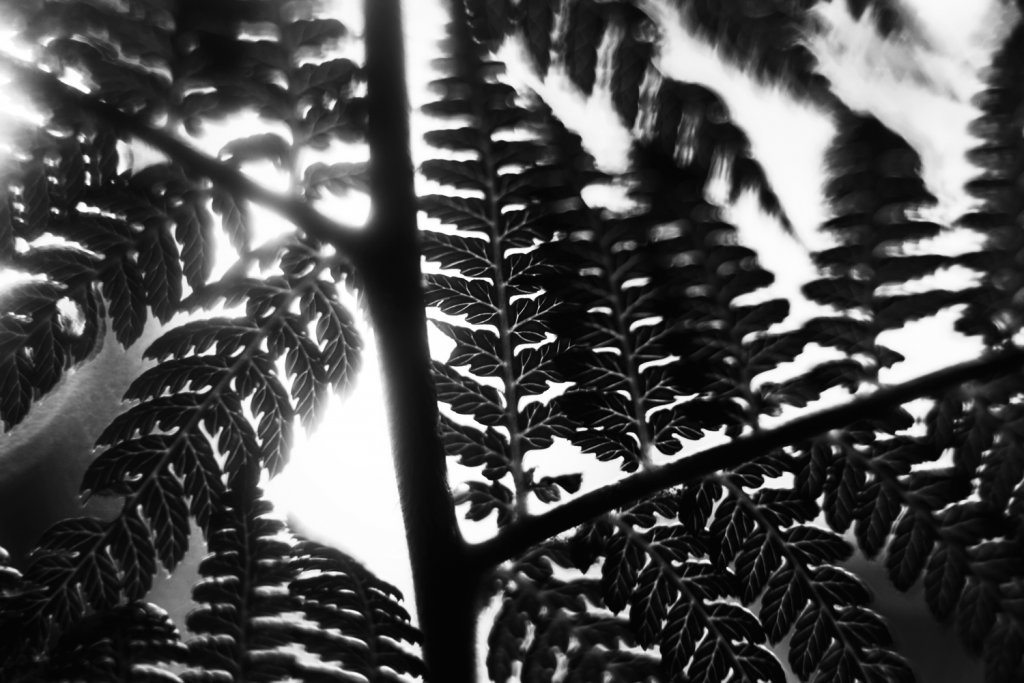
Shapes refer to the actual physical shape of something within your image. Within photography, you can often tell what shape something is by looking at the outline of the object.
Composition Examples
Composition examples can be found in most modern-day art books or in magazines where photographers talk about the various types of compositions they choose to use with their images.

1 thought on “What is Composition in Photography”